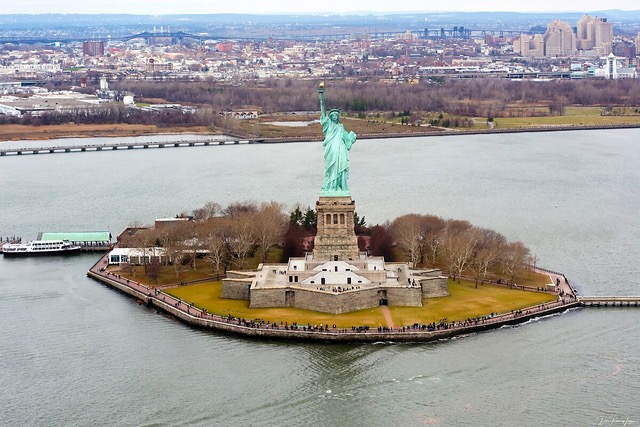The Statue of Liberty, a gift from France to the USA, arrives in New York.
The statue represents Libertas, the Roman Goddess of Liberty, and is located on Liberty Island (formerly Bedloe’s Island) in New York Harbour, New York City. The metal framework was built by Gustave Eiffel, and the sculptor was Frédéric Auguste Bartholdi. A broken chain and shackle lie at the feet of the statue, commemorating the abolition of slavery ratified in the 13th Amendment to the US Constitution in December 1865.
French historian and abolitionist Édouard de Laboulaye proposed the idea in 1865 to commemorate the US centennial of independence in 1776. Laboulaye suggested that the people of France finance the project, but the Franco-Prussian War in 1870, in which Bartholdi fought, delayed progress. Instead, Americans from all walks of life, including children, donated to complete the project and build the pedestal.
The head of the statue was exhibited at the 1878 Paris World Fair. The statue arrived on the steamer Isère, packed in crates to be assembled. On October 28, 1886, President Grover Cleveland presided over the dedication ceremony, with up to a million people witnessing the event. In 1924, President Calvin Coolidge declared the statue a national monument.

